Total reservation in Maharashtra is currently at 52 percent, already higher than the 50 percent cap set by the Supreme Court of India. With the state assembly approving the bill for 16 percent reservations, the total reservation in Maharashtra will increase to 68 percent.
The Maharashtra Assembly on November 29 unanimously passed a bill granting 16 percent reservation to the Maratha community under the socially and educationally backward category. The bill was tabled by Maharashtra Chief Minister Devendra Fadnavis, who also furbished an Action Taken Report (ATR) on Maharashtra State Backward Class Commission’s (MSBCC) recommendations in the Assembly.
The total reservation in Maharashtra is currently at 52 percent, already higher than the 50 percent cap set by the Supreme Court. With the state assembly approving the bill for 16 percent quota, the total reservation in the state will increase to 68 percent.
The passage of the bill is bound to have serious ramifications on other communities which have been demanding reservations in their respective states. For instance, the Kapus in Andhra Pradesh, the Jats in Haryana and the Patidars in Gujarat.
But is the bill viable, or even constitutionally valid? Let’s find out:
The Supreme Court, in its 1992 ruling in the Indra Sawhney Etc vs Union Of India And Others case, had set the cap for reservations at 50 percent. The apex court was of the view that, “Just as every power must be exercised reasonably and fairly, the power conferred by Clause (4) of Article 16 should also be exercised in a fair manner and within reasonably limits – and what is more reasonable than to say that reservation under Clause (4) shall not exceed 50% of the appointments or posts, barring certain extraordinary situations as explained hereinafter”.
According to Clause (4) of Article 16 of the Indian Constitution titled ‘Equality of opportunity in matters of public employment’: Nothing in this article shall prevent the State from making any provision for the reservation of appointments or posts in favour of any backward class of citizens which, in the opinion of the State, is not adequately represented in the services under the State.
However, the courts are of the view that the cap of 50 percent is “reasonable”; has been accepted by the states as well as the Union, and that “any reservation beyond 50 percent is liable to be struck down”.
Is the cap of 50 percent justified?
It was the Mandal Commission – the body which recommended OBC reservations in 1980 – that had found out that 52 percent of the population was comprised by “backward castes”. This 52% figure was based on the 1931 Census, which was the last time a census was conducted according to castes. However, the number must’ve increased due to population rise in the last eight decades.
Many media reports suggest that the 50 percent cap is not justified as it is not proportional to the rise in population of the people belonging to the backward communities. In fact, in 2011, a Socio-Economic and Caste Census was conducted in order to update the 1931 Census, especially in the aftermath of more and more communities coming forward to demand quota.
However, that data was not released. Many commentators are of the view that the data showed a rather small population of upper castes in India and hence it was concealed.
In fact, former Union minister Yashwant Sinha had voiced his discontent with the current cap of 50 percent, urging the Centre to form a committee to review the figure taking into account the increasing beneficiaries for reservations.
What is the future course of action for the Maratha quota bill?
Since the bill passed by the Maharashtra Assembly on November 29 increases the total reservations in the state to 68 percent, it is likely that activists will challenge the bill in courts.
The other course of action is that the ruling BJP government in Maharashtra can push the Centre to pass a constitutional amendment and park the bill in the Constitution’s Ninth Schedule, which immunizes the bill from judicial scrutiny.
Laws mentioned in the Ninth Schedule cannot be annulled by the courts on the basis that they might violate Fundamental Rights. However, later it was ruled that they will warrant judicial review if and only if they “change the basic structure of the Constitution of India” as laid down in the Keshavananda Bharati vs State of Kerala of 1973.
However, many commentators believe that the Ninth Schedule has been misused over time for political expediency.
Instances where state governments have been rejected by the courts
There have been many state governments that have tried to increase the quota for reservation above the 50 percent cap. These include Rajasthan, which despite its repeated attempts, could not extend 5 percent additional quota to OBCs after the intervention from Rajasthan High Court.
In addition, other states rely heavily on the Ninth Schedule to increase reservations in order to appease minority communities. For instance, Telangana Chief Minister K Chandrasekhar Rao passed a bill in 2017 to extend 12 percent additional quota to backward Muslims. Since this increased the total to 62 percent, KCR passed the buck on to the Centre for including it in the Ninth Schedule.
Exception to the rule
The only state government to have exercised the Ninth Schedule to its advantage is Tamil Nadu under the leadership of late J Jayalalithaa. The state enjoys 69 percent reservation, the highest in India. In 1993, Jayalalithaa passed the bill to implement the 69 percent reservations. Then she convinced the then prime minister PV Narasimha Rao to not only ensure Presidential assent for the bill but to also bring out a constitutional amendment to park it in the Ninth Schedule. Since then, the bill has been challenged in the apex court, but the final word on the matter is yet to be out.




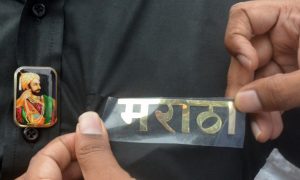



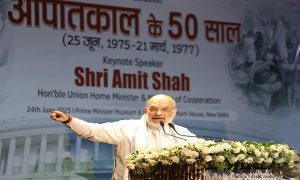





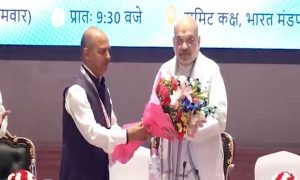

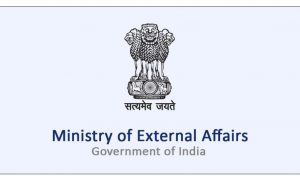

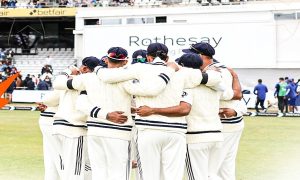









 WhatsApp us
WhatsApp us